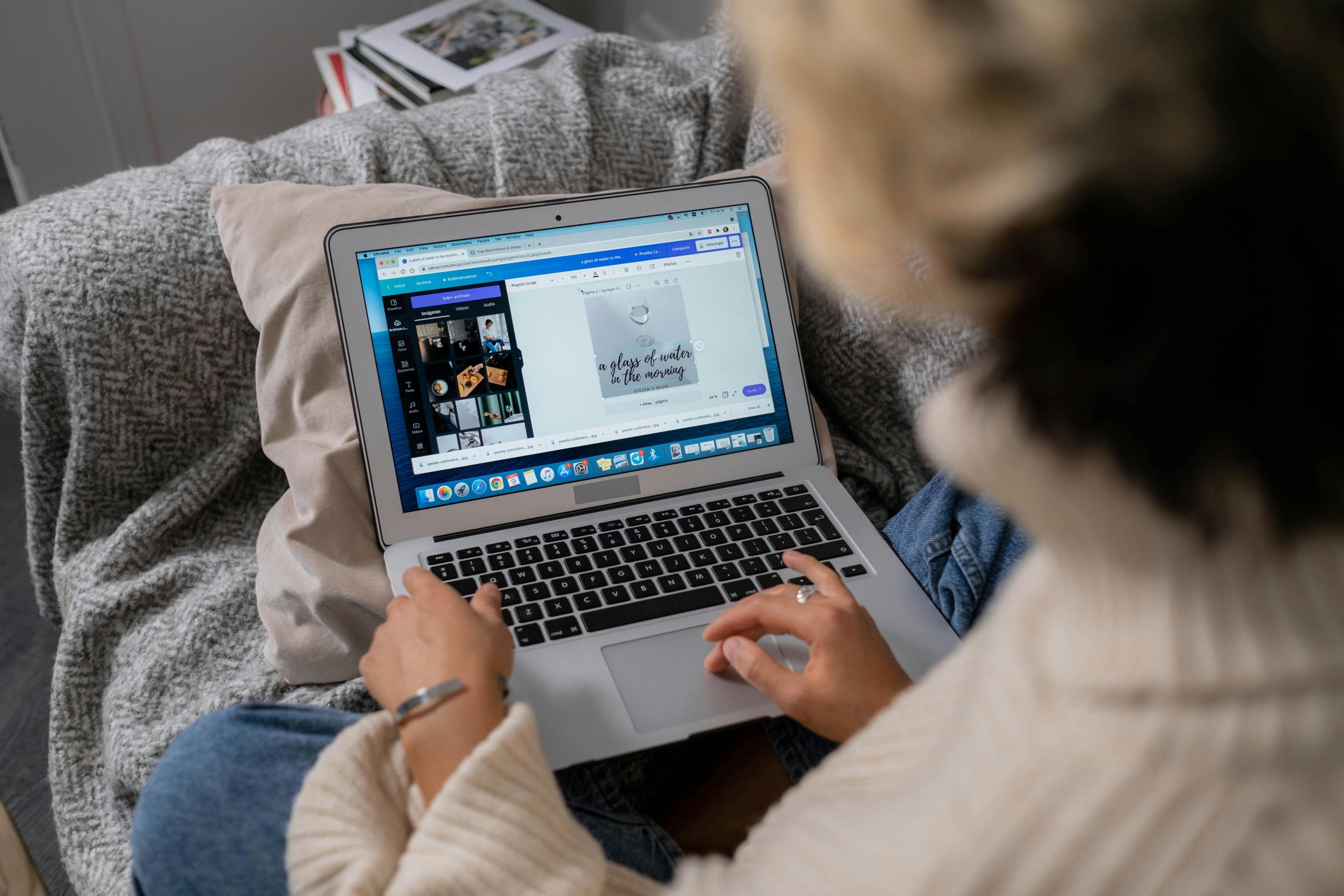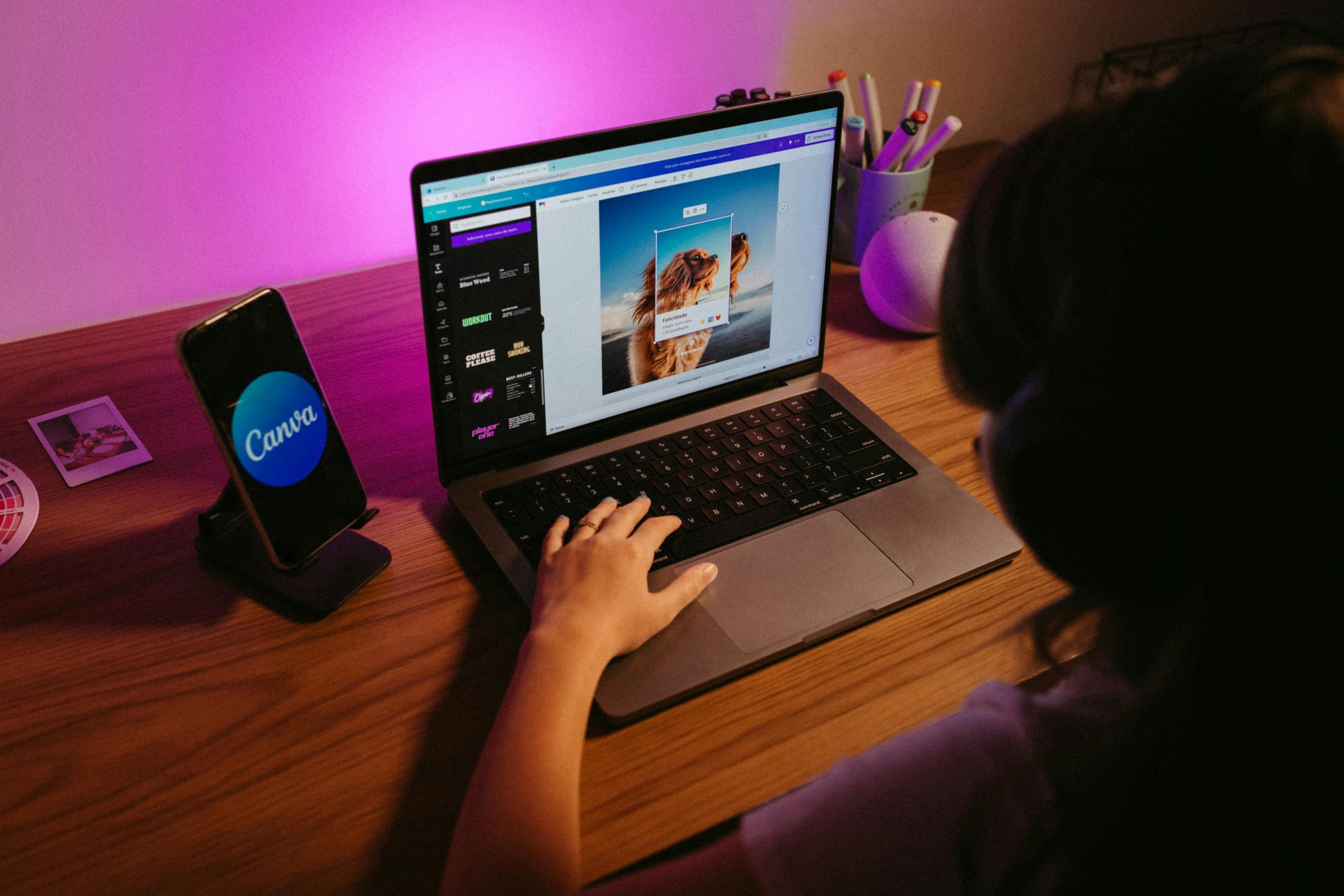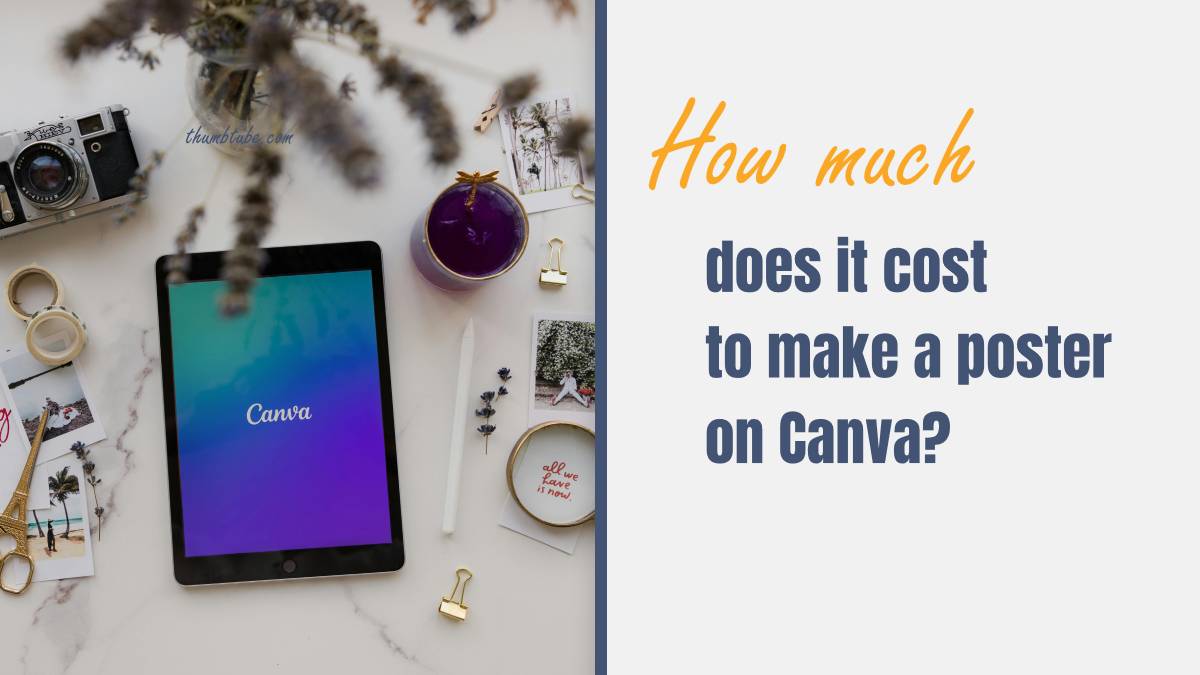In a world where visual communication reigns supreme, posters serve as powerful tools for expression, creativity, and information sharing. Whether you’re promoting an event, launching a product, or simply trying to make your mark in the digital landscape, understanding the costs associated with creating eye-catching posters is essential. Enter Canva—an intuitive design platform that has revolutionized how we approach graphic design. With its user-friendly interface and expansive library of templates and images, it’s no wonder that millions are turning to Canva for their poster-making needs.
But just how much does it actually cost to create a stunning poster on this versatile platform? Is it truly possible to produce professional-quality designs without breaking the bank? In this article, we’ll explore the various pricing tiers offered by Canva, from free options teeming with creative potential to premium features that can elevate your project even further. By unveiling the intricate balance between cost and creativity in poster creation on Canva, we aim to empower you to make informed choices while unleashing your artistic flair!
What is Canva?
Canva is a versatile graphic design platform that democratizes creativity by allowing users, regardless of skill level, to create stunning visuals. With its intuitive drag-and-drop interface and an extensive library of templates, images, and fonts, Canva transforms poster-making from a daunting task into an enjoyable experience. Users can effortlessly customize designs for various occasions—be it a birthday celebration or a professional conference—ensuring that any visual message is not just seen but felt.
One of the standout features of Canva is its collaborative capability. Teams can work on projects simultaneously in real-time, making it ideal for group endeavors where brainstorming and feedback are essential. Furthermore, with Canva’s educational resources and community-driven content, users have access to tips and tutorials that elevate their skills beyond mere template tweaking. This fusion of accessibility, collaboration, and continuous learning positions Canva as more than just a tool; it’s a creative partner in expressing ideas brilliantly and effectively.

Free vs. Paid Plans: Cost Breakdown
When deciding between free and paid plans on Canva, it’s essential to weigh not just the initial cost but also the value each option provides. The free version of Canva offers a solid foundation for casual users, granting access to a vast library of templates and basic design tools. However, if you’re looking to unlock more sophisticated features—like premium templates, advanced editing options, and brand kit functionalities—the Pro plan becomes increasingly appealing. At around $12.99 per month (or less if billed annually), this investment can enhance your productivity significantly by allowing you unlimited storage for designs and assets.
Moreover, assessing your specific needs can help clarify which plan is the most economical in the long run. For instance, businesses or frequent users who require collaborative features might find that the money saved with a free account pales in comparison to productivity losses or limitations encountered when an upgraded platform could streamline their workflow. Ultimately, while the allure of “free” remains strong, investing in a paid plan often aligns better with long-term goals—transforming your creative aspirations into reality without compromising quality or efficiency.
Pricing for Premium Elements and Templates
When it comes to creating stunning posters on Canva, premium elements and templates can significantly elevate your design. While the base offerings are vibrant and versatile, investing in premium features can unlock a wealth of creativity that sets your work apart from the crowd. Pricing for these enhanced resources typically ranges from just a few dollars for individual elements to monthly subscriptions that grant unlimited access to an expansive library. This decision can hinge on your design frequency—occasional users may prefer purchasing specific items, while frequent creators might find more value in a subscription.
Moreover, consider the potential return on investment when selecting premium assets. A visually captivating poster has the power not only to capture attention but also to effectively communicate your message, thereby enhancing engagement or driving sales. High-quality images and unique templates crafted by professional designers often come with subtle details that free options simply can’t match. Ultimately, while the cost may seem like an extra expense at first glance, those who prioritize quality in their designs will find it pays off by making a lasting impact with each creation.

Additional Costs: Printing and Shipping Options
When considering the overall expenses of creating a poster on Canva, it’s crucial to factor in printing and shipping options, as these additional costs can significantly affect your budget. While Canva offers a range of templates and design tools for free or at a nominal fee, transitioning from digital artwork to tangible product introduces variables that can fluctuate widely based on quality preferences. For instance, opting for specialty materials like matte or gloss finishes adds an elegant touch but may elevate the price per print.
Shipping is another aspect where careful consideration pays off. Many users overlook how different shipping methods impact timelines and budgets; expedited services might come with a premium but ensure your poster arrives just in time for an important event. Additionally, bulk orders often reduce individual shipping costs significantly, so if you’re planning multiple prints—whether for marketing events or personal use—it’s worth exploring wholesale deals and local printing partnerships that offer competitive rates without sacrificing quality. Balancing aesthetics with cost-effectiveness can turn your creative vision into reality affordably.
Budgeting Tips for Affordable Poster Creation
When creating posters with Canva on a budget, consider leveraging its extensive library of free templates and design elements. By customizing these pre-made designs, you can save both time and money while still achieving a professional look. Explore the platform’s color palette generator to select harmonious colors that resonate with your theme without having to hire a designer. This not only keeps costs down but adds a personal touch to your project.
Another savvy approach is to utilize high-quality stock images from free resources like Unsplash or Pexels instead of purchasing graphics. These platforms offer stunning visuals that can elevate your poster without additional costs. Additionally, don’t overlook the power of printed vs. digital formats; often, sharing your creativity online can significantly reduce expenses associated with printing materials. Embrace these tips, and you’ll find that crafting eye-catching posters doesn’t have to break the bank!

Comparing Canva with Other Design Platforms
When comparing Canva to other design platforms like Adobe Creative Suite or Sketch, it’s essential to consider the accessibility and ease of use that Canva offers. Unlike Adobe’s professional tools, which can be intimidating for beginners with their steep learning curve and complex features, Canva simplifies graphic design with its drag-and-drop interface. This democratization of design enables users without formal training to create stunning visuals quickly, making it ideal for small businesses and social media managers who need high-quality content at a fast pace.
Additionally, while platforms such as Figma excel in collaborative features for web designers, Canva stands out with its extensive library of templates tailored for various needs—from event posters to social media graphics. This variety empowers users to craft customized designs without starting from scratch. Moreover, the inclusion of stock photos and graphic elements within their pricing model provides significant value, particularly when compared to purchasing individual assets on other sites. Ultimately, while professionals may prefer traditional software for intricate projects, Canva serves an invaluable role in bridging creativity and practicality for everyday users seeking efficient design solutions.
Conclusion: Making Informed Design Choices
In the world of design, making informed choices is paramount, especially when it comes to creating impactful posters on platforms like Canva. The decisions we make—ranging from color palette to typography—can dramatically influence how our message is received. Rather than viewing design as merely an aesthetic endeavor, consider it a strategic communication tool that can evoke emotions and inspire action. This mindset shift allows creators to prioritize elements that resonate with their target audience while maintaining alignment with their brand identity.
Additionally, understanding the costs associated with different design elements is crucial in resource management. By leveraging free tools and resources available within Canva, designers can stretch their budgets further without sacrificing quality or creativity. Furthermore, experimenting with various layouts and graphics before committing financially can prove beneficial; oftentimes, an initial concept can inspire multiple iterations that enhance overall effectiveness. Ultimately, informed design choices empower creators to craft compelling visuals that transcend basic decoration—transforming posters into powerful narratives that capture attention and drive engagement.
